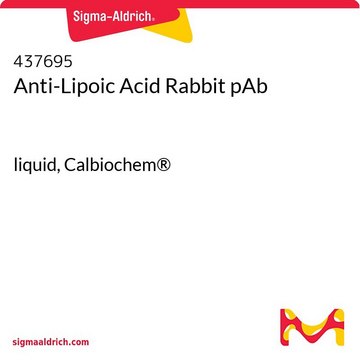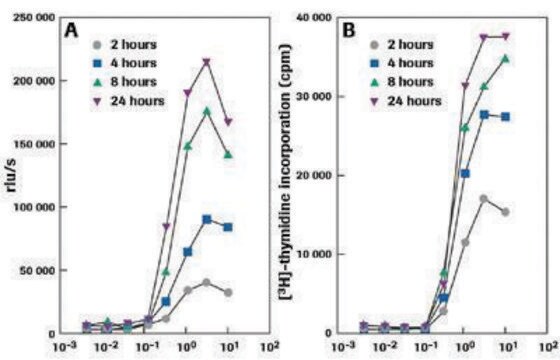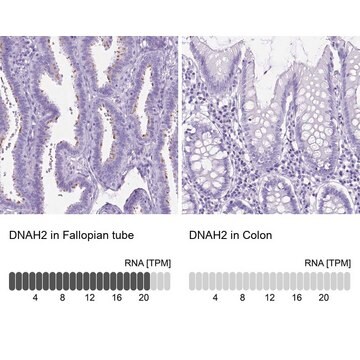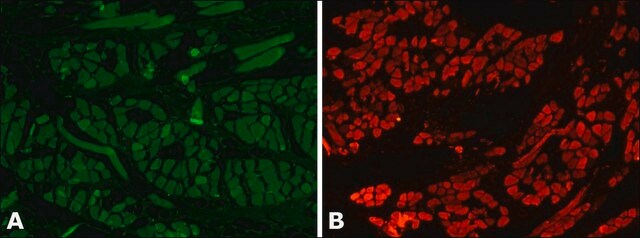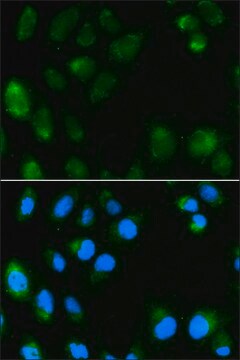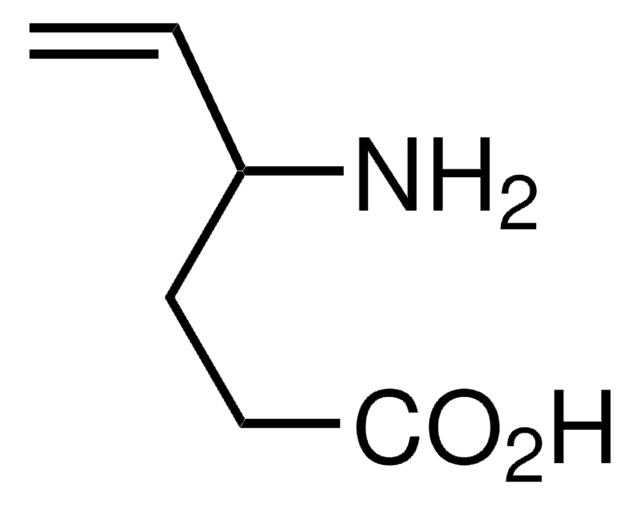詳細
Anti-Uncoupling Protein 3 (UCP3) is developed in rabbit using a synthetic peptide corresponding to amino acid residues 254-267 of human UCP3, with N-terminal lysine added, conjugated to keyhole limpet hemocyanin (KLH). The uncoupling proteins (UCPs) are mitochondrial inner membrane proteins which comprises UCP1, 2, 3, 4 and 5. UCP3 displays two forms, a long mature, UCP3L and a short, UCP3S form. UCP3 is preferentially expressed in skeletal muscle and in brown adipose tissue (BAT).
UCP3 is a skeletal muscle protein that functions to uncouple mitochondrial respiration from ATP production. UCP3 regulates fatty acid and energy metabolism. This protein inhibits lipid-induced oxidative stress in the mitochondrial components of heart and skeletal muscle cells. UCP3 may also be involved in the pathogenesis of type 2 diabetes . Anti-UCP-3 antibody is specific for UCP3 in humans, rats and mice and does not react with UCP1 and UCP2. Staining of the UCP3 band by immunoblotting is specifically inhibited with the immunizing peptide.
免疫原
The corresponding sequence in rat and mouse UCP3 differ by 4 and 3 amino acids, respectively.
synthetic peptide corresponding to human UCP-3 sequence (amino acids 254-267) with N-terminal lysine added, conjugated to KLH.
アプリケーション
Anti-UCP-3 antibody is suitable for use in immunohistochemistry (formalin-fixed, paraffin-embedded sections at 1:3,000 dilution, using protease-digested sections of human and mouse skeletal muscle). The antibody may also be used in immunoblot (approx. 34 kDa, additional weak bands may be detected in some preparations of brown adipose tissue extracts) and western blot (at 1:1,000 dilution, extract of E. coli expressing UCP3).
Anti-UCP-3 antibody produced in rabbit has been used in immunohistochemistry and western blotting.
生物化学的/生理学的作用
The uncoupling proteins (UCPs) are considered as transporters functioning as enzymatic uncouplers of oxidative phosphorylation. They are capable of returning protons pumped by the respiratory chain to the mitochondrial matrix. UCP3 is an active proton transporter, regulated by CoQ (ubiquinone), fatty acids or nucleotides.
物理的形状
Solution in 0.01 M phosphate buffered saline, pH 7.4, containing 1% BSA and 15 mM sodium azide
免責事項
Unless otherwise stated in our catalog or other company documentation accompanying the product(s), our products are intended for research use only and are not to be used for any other purpose, which includes but is not limited to, unauthorized commercial uses, in vitro diagnostic uses, ex vivo or in vivo therapeutic uses or any type of consumption or application to humans or animals.
